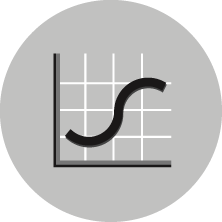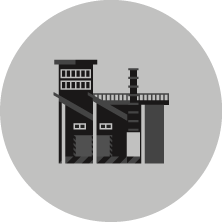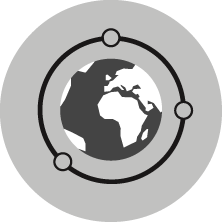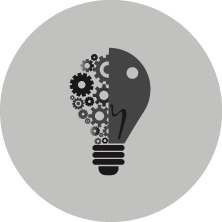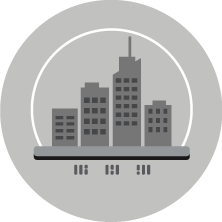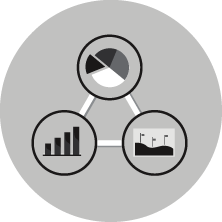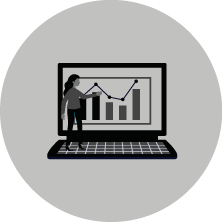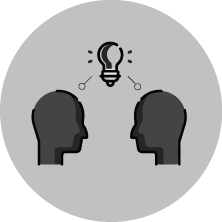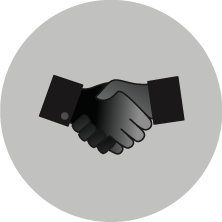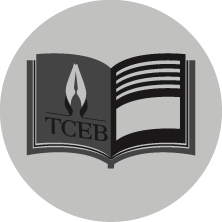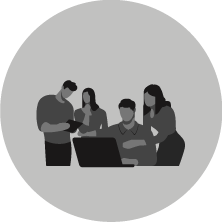MATERIAL INNOVATION REPORT
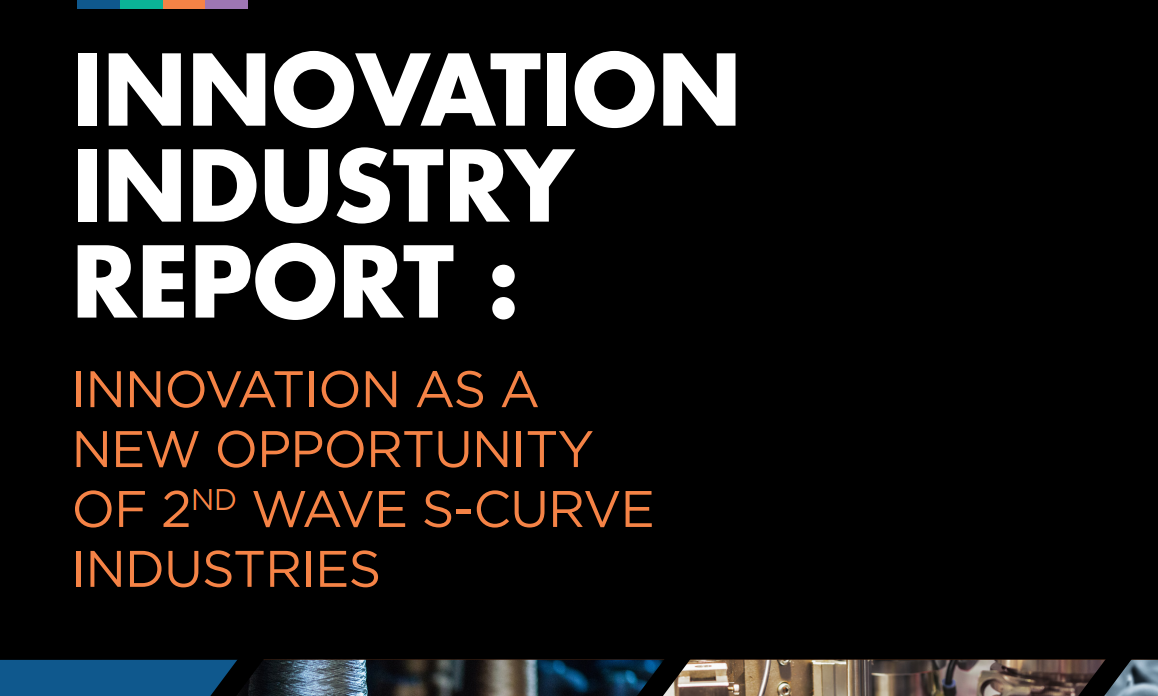
KEY CHALLENGE OF 2ND WAVE S-CURVE INDUSTRIES
Industry sector is a main engine that drives Thailand’s economic development, generates income and employments to the country. The launching of Thailand industry 4.0 and Eastern Economic Corridor (EEC) strategy by the government aim to develop and adapt technology and innovation in order to break the country’s economic challenge as middle-income trap. The government expect that the development of this project would generate more foreign investments to invest in 10 key industries including industry in First S-Curve (automotive, electronics, medical and wellness tourism, agriculture and biotechnology and food for future) and New S-Curve (robotics, biofuels and biochemicals, digital and medical hub). These industries are considered as industries that have highly competitive advantages and strong potentials in developing Thailand’s economy. However, there are another industry group called 2nd Wave S-Curve, the industries that need to be reformed by adapting innovation and technology to enhance their development as they are still using same production technologies and generating middle income to the country. It consists of 9 industries including textile and garment, leather and shoes, gem and jewelry, steel, glass, cement, wood and furniture, ceramic; petrochemical and plastics.
MICE AS A PLACE TO EXPLORE NEW PRODUCTION MACHINES AND MATERIALS AND MATERIALS
When there is the development in materials or new products, the industries are demanding in change their machineries and technologies. For instance, the production of medical textile requires some changing in production lines such as new machinery and raw materials used. In these several years there are less entrepreneurs in textile industry invest on machines. However, there are some demands for automatic machinery, machine for small lot production and the environmental friendly machinery. The institute is trying to convince the stakeholders to invest on eco-friendly machinery as consumers concern more about environment and also benefit in a long-term cost reduction as it is required less water supply, less chemical and release less pollution. Moreover, MICE activity is also a place for stakeholders to explore for new materials. For example, in producing medical textile, the producers from textile industry and the buyers from medical industry have to develop or work together to produce products that meet the requirements and standards. Therefore, MCE activities might be an important connection between them. Some of the machineries and materials have to be imported from other countries, Thailand government support stakeholders to improve production technologies by excepting import duty. If there are demands in the future, the stakeholders from plastic, textile and steel industries are ready and have strong potential to shift their productions toward the trends. The new machineries will be in demand and MICE activities are places for stakeholders to explore new advanced machineries and materials in order to use in their productions.




